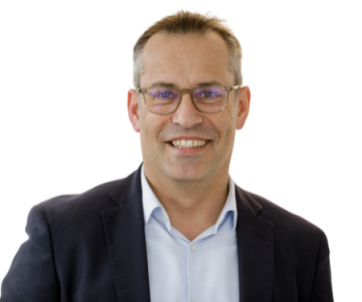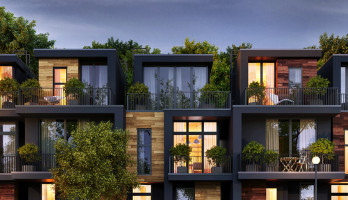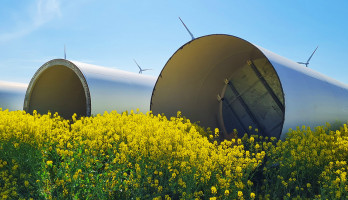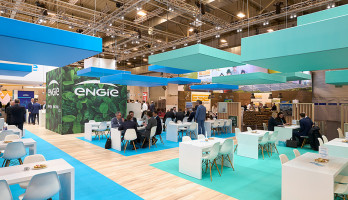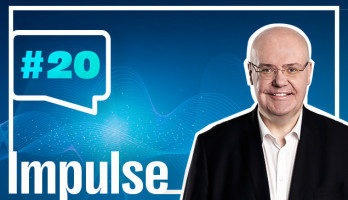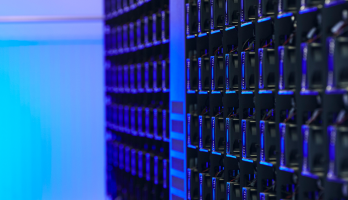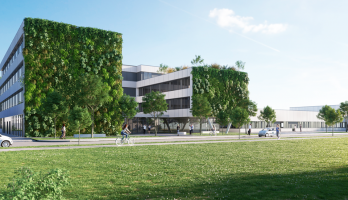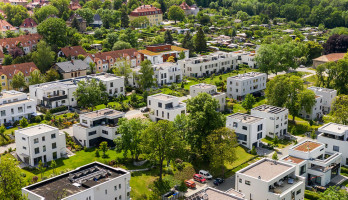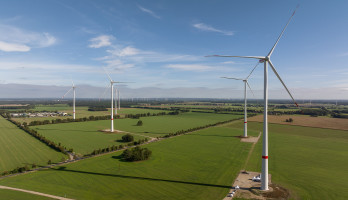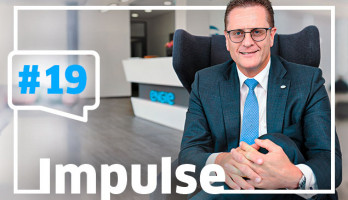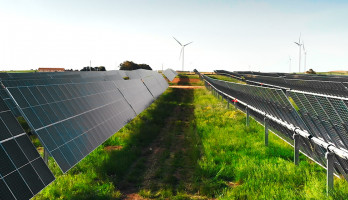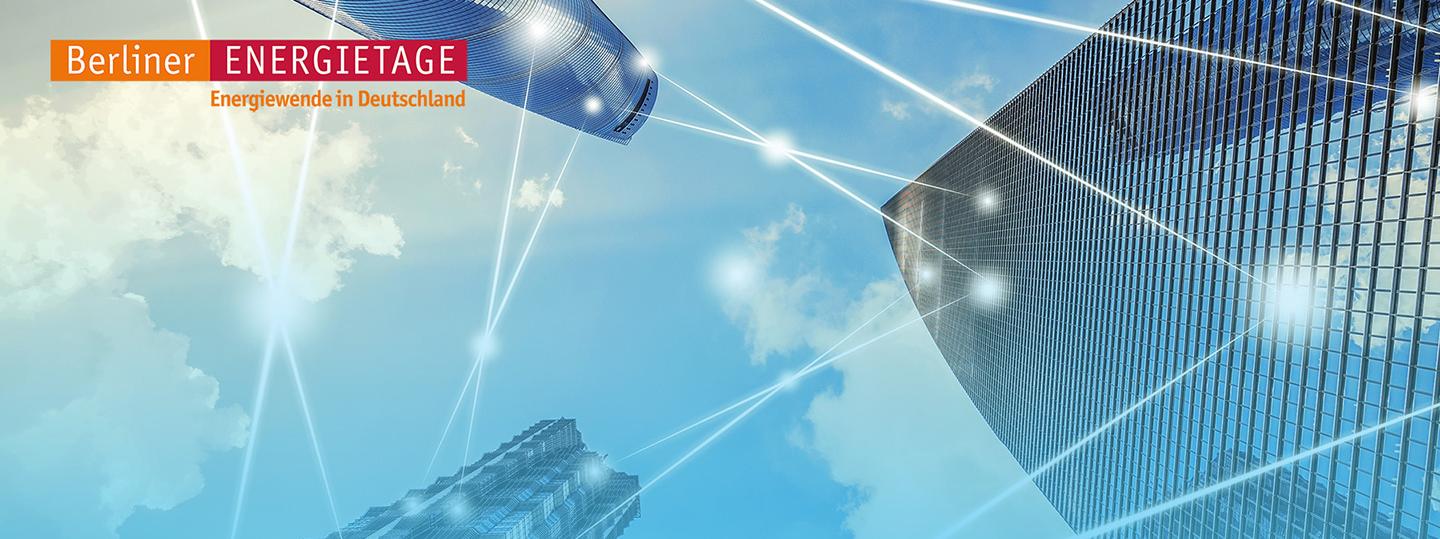
Increasing building efficiency – ENGIE panel at Energy Summer
This year, due to the COVID-19 pandemic, the Berlin Energy Days became a virtual event: The Digital Berlin Energy Summer. In total, the online event, which took place between May 26 and June 17, 2020, attracted more than 19,000 registrations – twice as many as the previous years' in-venue event. ENGIE Deutschland was represented with a panel in the topic "Building and Energy" and, together with four experts, shed light on the levers that can be used to increase the efficiency of buildings. The panel was moderated by the journalist Jörg-Michael Junginger.
The area efficiency – using existing areas wisely
Holger Knuf, Managing Partner of the Institute for Facility Management in Oberhausen, addressed the topic of area efficiency in his presentation: How do optimized usage concepts affect the efficiency of real estate? Accelerated by climate protection, energy efficiency and, most recently, Corona, the focus has returned to the consideration of new working models as a lever for efficient office use. Many offices are oversized for what the employees in them actually do. The result of unused building space is, among other things, an unnecessarily high energy consumption. However, it is not a question of reducing the available space in offices to a minimum. The focus should instead be on the activities carried out there. The art is to find a balance between sustainable working environments and economic efficiency together with good change management. This is also the first step towards increasing building efficiency.
The working spaces of the future are active-based
One possible solution in this context is non-territorial or active-based working – a principle that seeks to maximize the utilization of the building's surface area. No employee has a fixed workstation of his or her own, but rather occupies a place every day that is free and where the technical equipment is precisely suited to the respective type of activity. This will maximize the use of available space; In addition, cross-team communication will be strengthened. ENGIE Deutschland is already successfully practicing this model in its Berlin office at Südkreuz.
Building data as key for the energy transition
The second pillar of the ENGIE panel was the role of data for energy efficiency, in addition to space efficiency. In her lecture, Anne-Caroline Erbstößer, research associate at the Technology Foundation Berlin, showed how digitalization can increase energy efficiency in buildings and where we are currently in this respect. With building data, you can maximize not just the energy efficiency of a house, but of an entire neighborhood. Built-in sensors provide information about the use of the building, and they can also network with neighboring buildings. Data can be used to increase energy efficiency in the long term because the building is operated as efficiently as possible. Anne-Caroline Erbstößer presented two best practice projects in Berlin-Tegel and in Berlin-Charlottenburg.
Smart technologies: The residential building of the future must be flexible
In her lecture, Prof. Birgit Wilkes, Head of the Institute for Building Electronics at the Technical University of Wildau, highlighted the use of new technologies in existing buildings. Retrofitting of sensors is also possible in older buildings and can help to increase energy efficiency. Here, however, it is important to give users a helping hand. Technology must be there for humans over the long term and not the other way around. Intelligent building technology can, for example, help elderly people stay in their homes for as long as possible by having the home keep an eye on them, so to speak. Only if this added value is credibly conveyed can the acceptance of smart technologies be increased across all age groups.
From effectiveness to efficiency in the building
The event was rounded off by host Stefan Schwan, Head of Facility Services at ENGIE Deutschland. In his presentation, he outlined a master plan for climate neutrality – the Green Way by ENGIE. His key message: the correct sequence of measures determines how much energy cost savings can be achieved. This is often up to 30% – freeing up investment funds that can be used for the transition to climate neutrality. You should start by checking the use of the building. According to Stefan Schwan, the corona crisis acted like a catalyst. More and more people have noticed what is possible, especially with regard to new, flexible workplace models. Only after optimizing space use should one examine the energy sources in the building and question whether a conversion to green heat and green electricity is sensible. In the final step, you should look at the infrastructure around the building. Could, for example, electric charging stations be installed there? Then this might be an incentive for employees to come to work with an electric car or e-bike. All the experts agreed that the technical possibilities, the systems and the know-how are already available to make buildings and quarters more efficient. Now it is time to bring decision-makers in companies and municipalities on board so that the existing efficiency potential can actually be leveraged.
Our Expert
